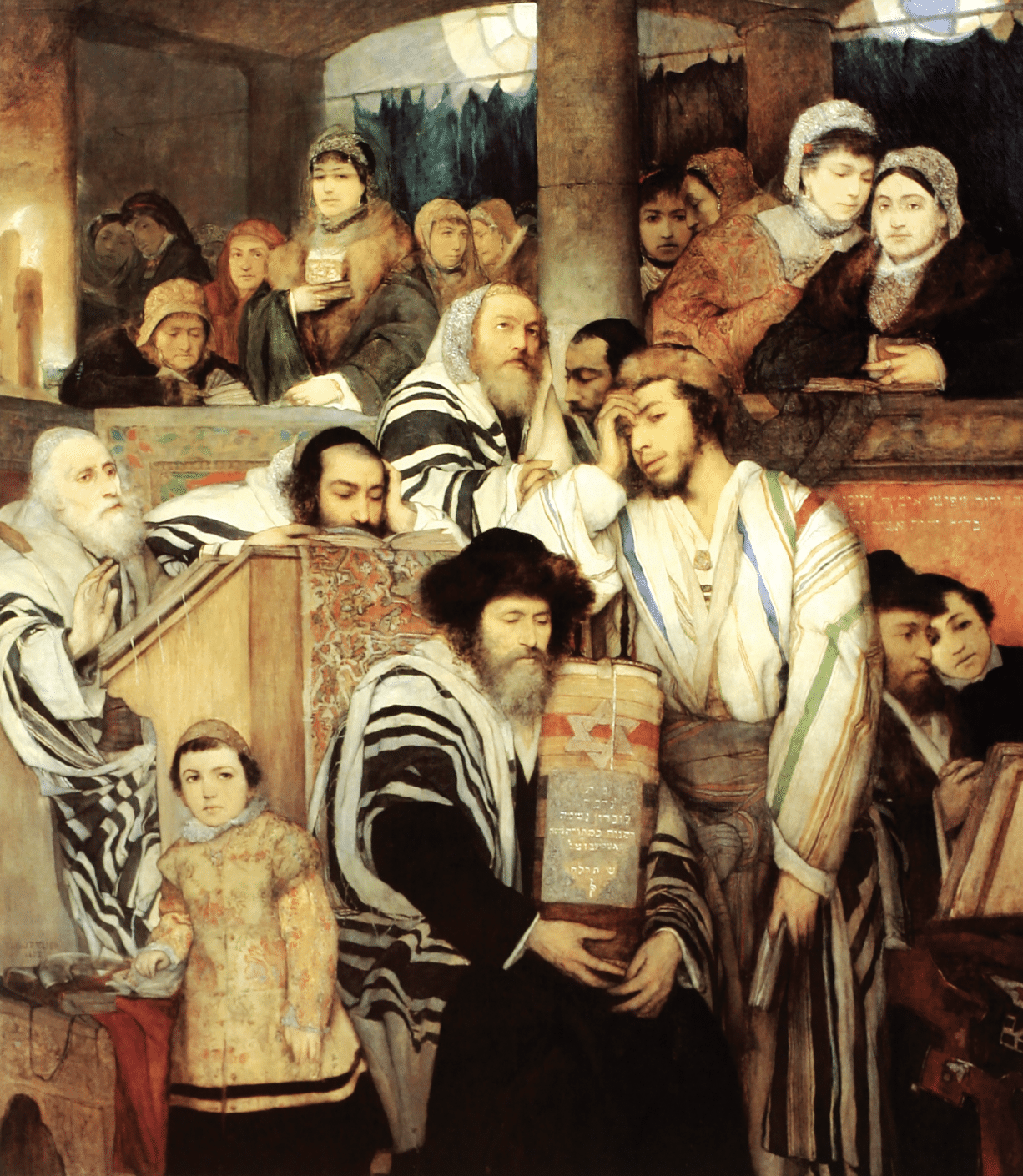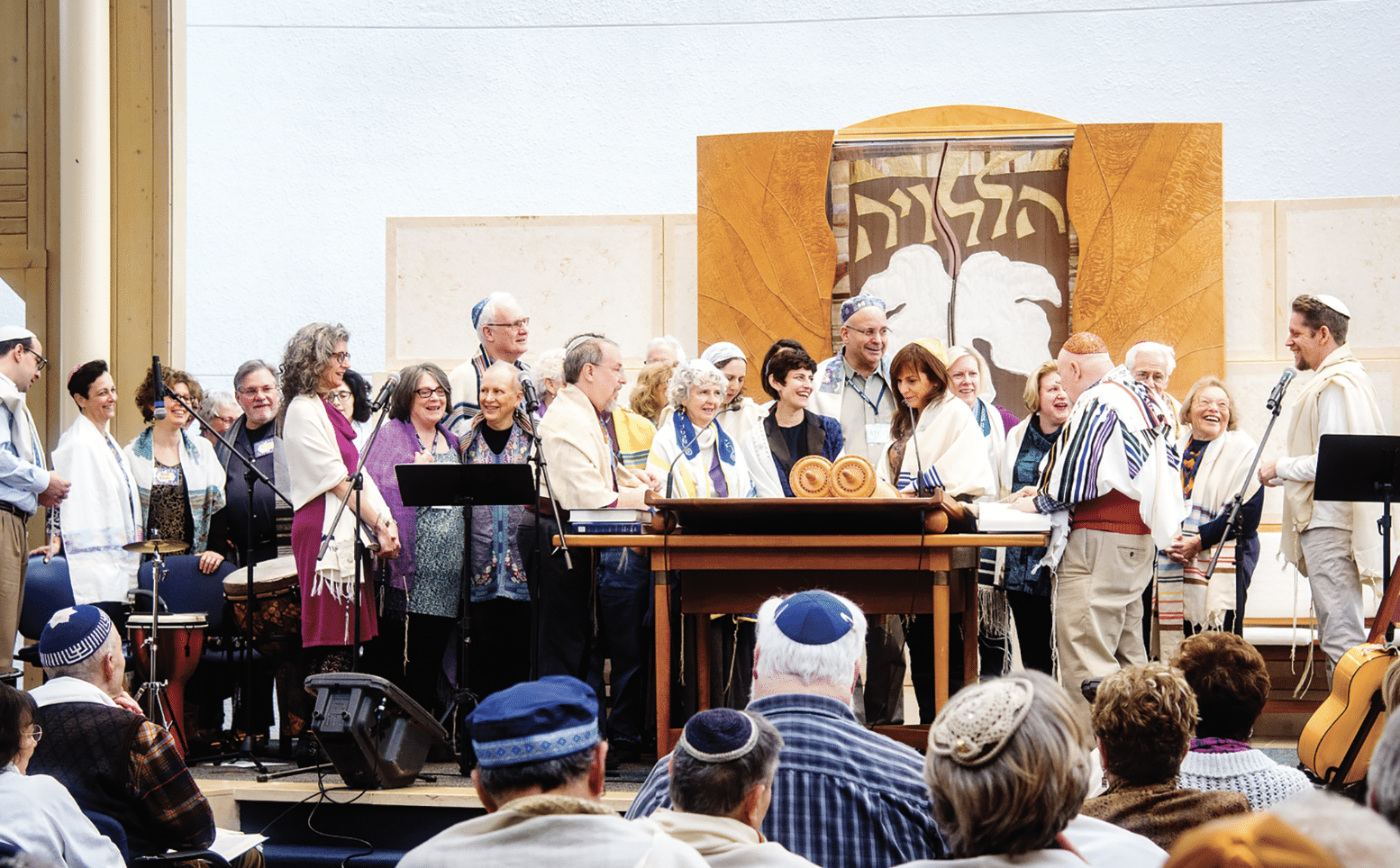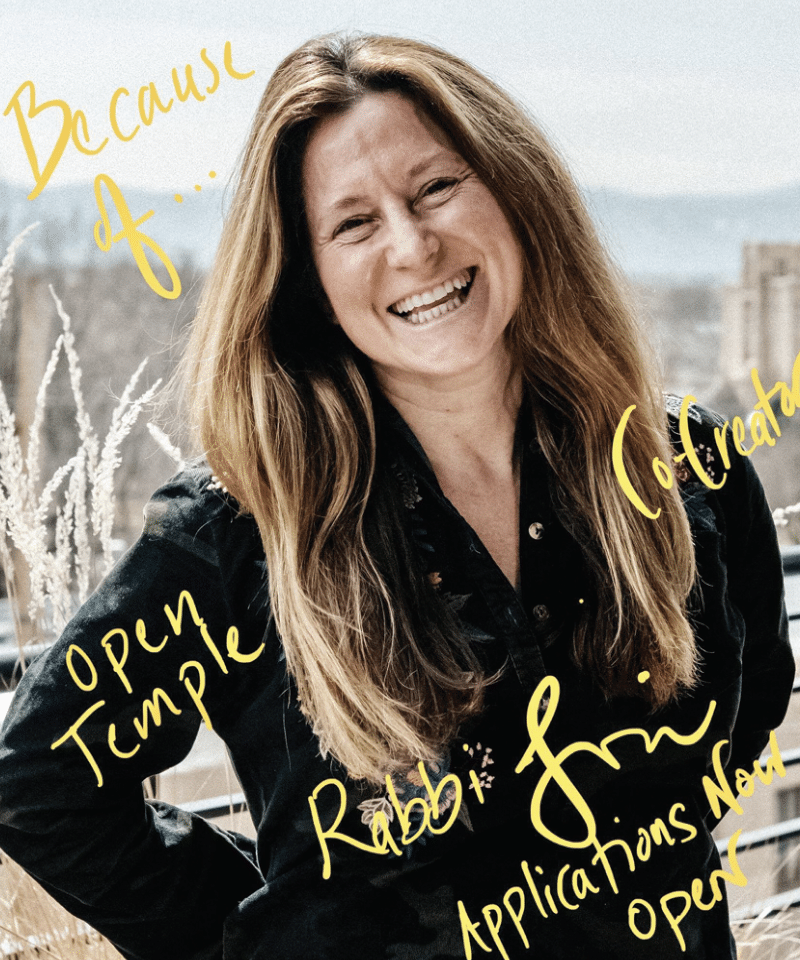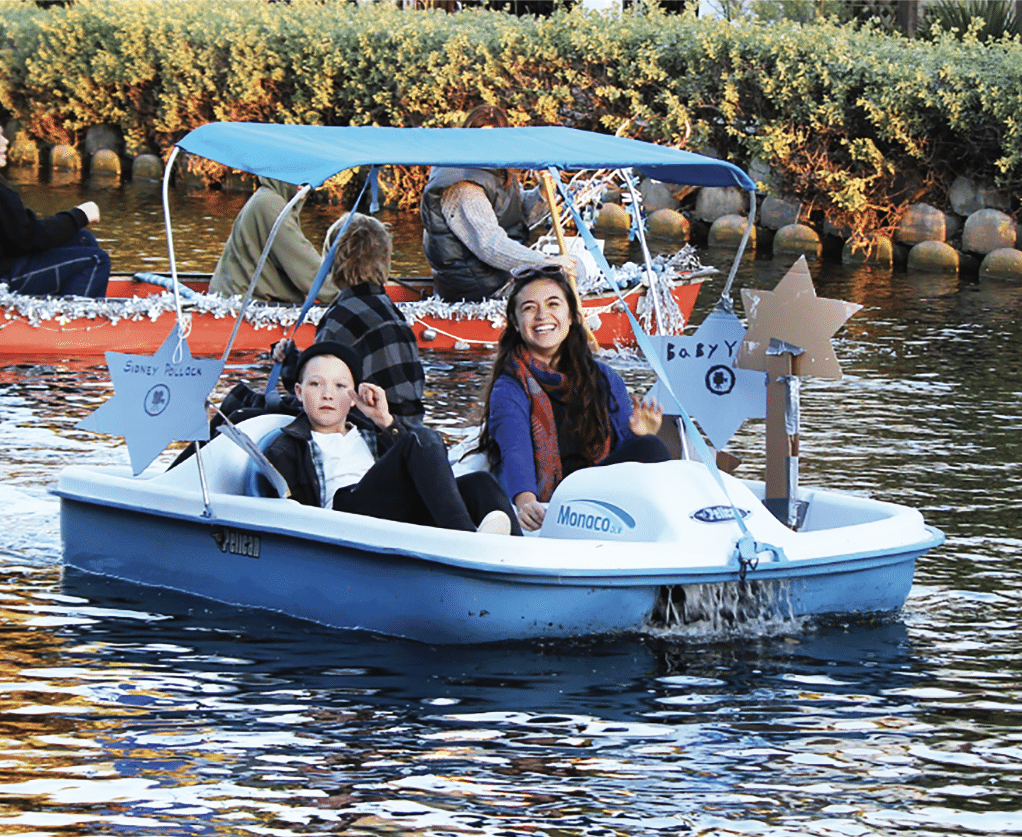Congregations Rely on Both Innovative and Traditional Approaches to Worship
By Jeff Weintraub
On a Shabbat morning last spring, I was one of two prayer leaders who launched the service at Adat Shalom Reconstructionist Congregation in Bethesda, Maryland, with the traditional Ma Tovu prayer. Instead of simply vocalizing it with one of several age-old melodies, as many might in other American synagogues, I was both singing and playing guitar to a melody co-composed only a few years ago by Josh Warshawsky, whose modern and catchy liturgical music has lately been adopted by a growing number of American synagogues.
We similarly offered up several psalms and prayers with a mixture of familiar ancient Nusach, or traditional musical modes that correspond to segments of various services, and—with instruments—melodies from other modern composers. We also drew on tunes from two Israeli influences—the singer Yosef Karduner and the group Nava Tehilah—as well as a setting by the Philadelphia-based Joey Weisenberg, who leads Hadar’s Rising Song Institute, an incubator of emerging young Jewish musicians like himself.
It’s an approach much different from some of the synagogues a short distance away. At the Modern Orthodox Kemp Mill Synagogue in Silver Spring, Maryland, congregants recite the entire text of an Ashkenazi-style (or traditional Eastern European-inflected) service in Hebrew, without instrumental accompaniment, which they avoid on Shabbat and major holidays. And unlike the service at Adat Shalom, which pauses for frequent insights and explication of the text, prayer at Kemp Mill is “efficient,” as Rabbi Brahm Weinberg describes it. The service moves, he says, “at a fairly robust clip to make sure it doesn’t feel overly long or taxing for people when they come.”
-

Tradition, tradition: 19th century artist Maurycy Gottlieb’s famed “Jews Praying in the Synagogue on Yom Kippur” focuses on individual responses to worship. Photo: en.wikipedia.org/Tel Aviv Museum of Art, Tel Aviv
Not far from Kemp Mill, Ohr Kodesh, a Conservative-affiliated synagogue in Chevy Chase, Maryland, covers much the same liturgical real estate, with similar choreography—standing up, sitting down and bowing at prescribed times—and including chanted music. But Ohr Kodesh has no mechitzah, or separation between men and women, who equally share the duties of prayer leading and Torah reading. And like some Conservative synagogues, it also uses electrically powered sound and web-streaming systems that are off limits at Orthodox synagogues.
According to a Pew Research Center survey, as of 2020, about 8% of Jews in the United States said they attend some kind of prayer service monthly, and 12% report that they attend weekly or more often.
Those who do attend might be part of Reform-affiliated synagogues, which rely more heavily on English, responsive readings and music. Or they might participate in the sort of service associated with Jewish Renewal, an emerging segment of the community that offers a mixture of mystical, Hasidic, musical and meditative prayer practices. Others might be attracted to pray at a place like the Open Temple in Venice, California, an unaffiliated incubator of new approaches to engaging Jews that has featured, among other offerings, a “Kayak Shabbat” on the Venice canals, where members float on kayaks alongside their leader, Rabbi Lori Shapiro.


All this speaks to one of the hard-to-miss features of the entire American Jewish prayer landscape: The variety is vast—arguably more so than in any other Jewish community in the world, where the Orthodox-style service is most common.
Much of the difference is, of course, driven by theological distinctions among the movements. But it’s not hard to notice that the prayer experiences at synagogues even within the same movement can look and feel much different. That’s the result, perhaps, of the unique history and lay and clergy personalities that make up a particular synagogue or prayer group.
The American Jewish prayer landscape got this way, argues Rabbi Lawrence A. Hoffman, in large part because of this country’s unique commitment to separation of religion and state.
Hoffman, who, until his recent retirement, taught Jewish liturgy for nearly 50 years on the faculty at Hebrew Union College in New York, notes that because of the strict separation between religion and government in the U.S. “it meant that the church, as it were, has been free to experiment more than in most other countries.” Religious groups in the U.S., he adds, “learned how to compete for people’s attention and identity. Hence, religion in America is rather specialized in innovation.”
The other and perhaps even more notable hallmark of Jewish prayer observance in the U.S., Hoffman says, is prayer’s relationship with the personal identity of individual Jews. It shapes them, tells them what is important or what it means to be Jewish.
Mirele Goldsmith of Bethesda, Maryland, for instance, says that when she recites various Jewish blessings and liturgical poetry that express wonderment about and gratitude for the world around her, it reinforces her commitment as a national leader in the Jewish environmental advocacy movement. Parts of the Shema, the centerpiece Jewish prayer that expresses God’s singularity, she points out, “talk about the connection between our ethical behavior and the condition of nature, that if we don’t behave ethically, the earth will suffer. That speaks directly to my work in this field.”
Hoffman notes that, just as prayer can shape us, the opposite is also at work. Worship in the American context has changed over time in part because it can reflect how American Jews view themselves. “Consequently,” he says, “worship tends to vary with the people attending it.”
For two decades, Rabbi David Lyon has been senior rabbi at the Reform-affiliated Beth Israel Congregation in Houston, where he is keenly conscious of, and plays a role in shaping, the forces of change. “I’m always taking the pulse of the congregation,” he says. “In the past, my predecessor had the good fortune of waiting every five to 10 years for change to happen. That change is happening now every three to five years and more likely three years than five. So, we’re trying to keep pace.”
Lyon has ushered in rituals that are standard in more traditional settings, such as: a hakafah, or Torah procession; lay recitation of aliyot, or Torah blessings; and the calling out of chatimot or concluding lines of prayers and liturgical poetry. A growing number of members, he says, feel comfortable wearing ceremonial garb such as kippot and tallitot, a big departure for a century-and-a-half-old synagogue that long stood firmly as classical Reform.
-

Immersing themselves in the beauty of the natural world, “kayakers” at The Open Temple’s shabbats are invited to enter the realm of the spirit; it’s an experience that the Temple describes as: “Ma’ariv…the mixing of light and darkness. The sun sets and the Divine Palate [sic] reveals itself in the sky. As the colors blend, darkness envelops the sky. Our prayers lead us through this process. Music, Enchantment and Stirring of the Souls.” Photo: Kelly Fogel/The Open Temple
Likewise, as egalitarianism has arguably become more prominent in the personal identities of many American Jews over the last few decades, it has been absorbed into the liturgy of the community’s more “progressive” segments of Judaism.
They allow—indeed, encourage—women to participate in all aspects of the service and insert a mention of Judaism’s ancient matriarchs alongside the patriarchs in the Amidah, the central prayer of every Jewish service. The Reconstructionist movement leaves out references suggesting that Jews are the chosen people—as in the traditional version of the Aleynu prayer, which praises God for not making us “like the other nations of the world.” Also, most progressive worship practices give no special status or prayer responsibility to descendants of the Cohanim, or high priests, as is common in more traditional settings.
In every context of American Jewish prayer, there is music, whether it is Nusach, older and well-established melodies—like the one most commonly used for the Shema that was composed by Viennese Cantor Solomon Sulzer in 1830—or some of the new settings that are emerging from the recent burst of younger musicians.
Music cannot fully express the emotional and spiritual grandeur of Jewish liturgical poetry or the solemn philosophical underpinnings of, say, penitential Yom Kippur prayers. But, considering that, according to the Pew survey, about 13% of American Jews claim to understand Hebrew, it can help them find a connection to prayer and to Jewish tradition that might otherwise be out of reach.
One of the most recent changes for American synagogues—one that may prove to be permanent and, in many ways, profound—is the shift to Zoom-powered prayer services that were driven and perfected out of necessity by the COVID-19 pandemic shutdowns. Many synagogues appear to be making online access to services a standard feature, bringing prayer and more to those who cannot show up in person (especially distant relatives who can’t make the trip in for a shiva or bar or bat mitzvah).
At Adat Shalom, a twice-weekly, mostly traditional morning minyan that took root on Zoom during COVID-19 shutdowns seemed likely to continue with a core of about 15 participants. One prayer community—whose creator, Rabbi Mark Novak, calls a “Zoom-agogue”—meets entirely online and includes people from many time zones.
It’s impossible to predict the future of the American Jewish prayer landscape, but Hoffman, the recently retired faculty member from Hebrew Union College in New York, believes that relative to times past, “we’re in a healthy era of creative engagement,” which could bode well for Jewish prayer practice in the years and decades to come.
“I think that the more creativity, the healthier the engagement,” he adds. “The richer will be the prayer life of people, the more spirituality people will find, and the deeper and denser their sense of what Judaism can be.”



